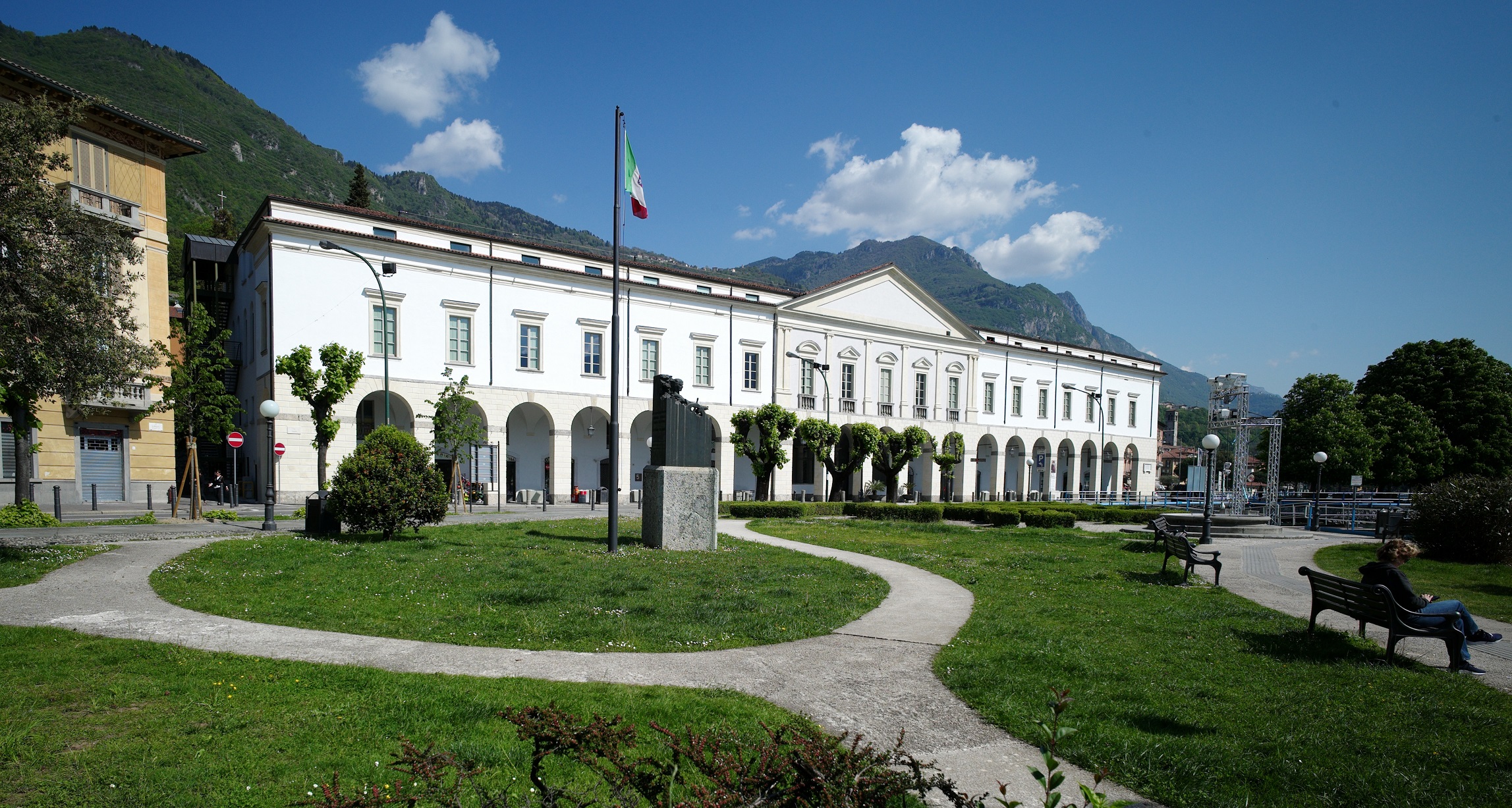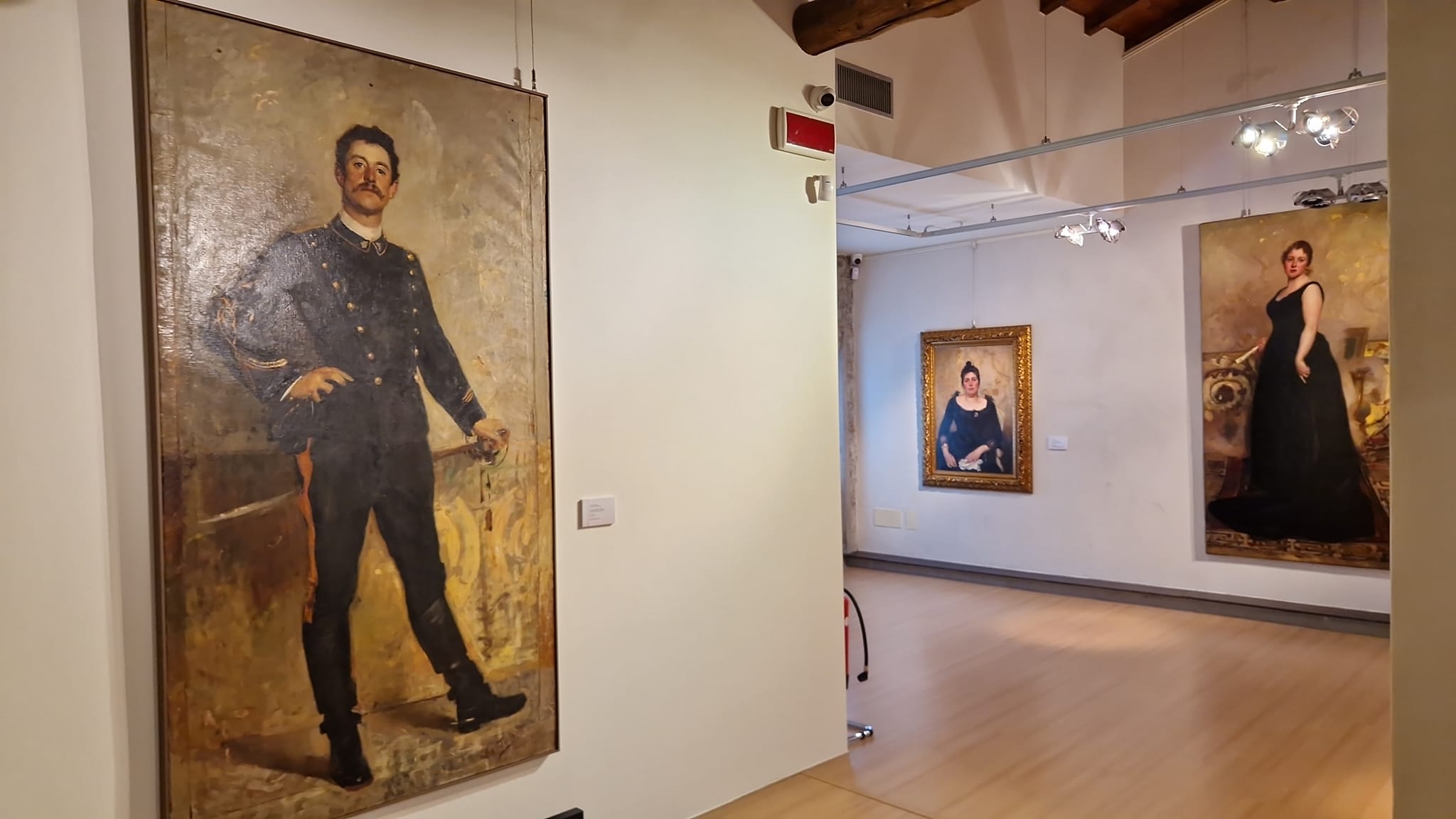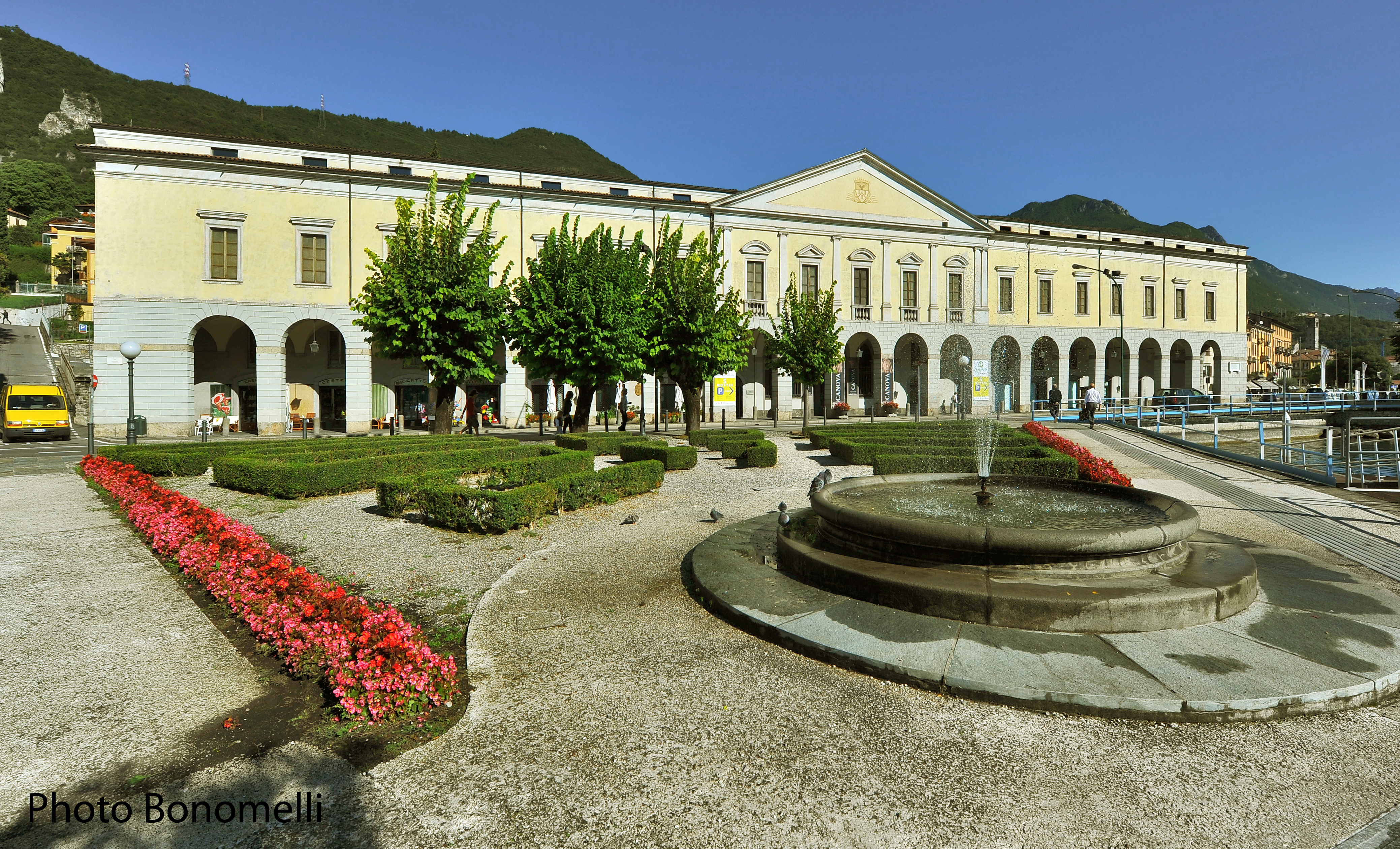
Are you familiar with the Tadini Academy Gallery, an artistic jewel located in the heart of Bergamo? I was unaware of its existence until recently when, while on my usual search for little-known museums, I discovered this artistic treasure.
In this post, I take you with me on a fascinating journey through the centuries, exploring the works of art collected with passion by Count Luigi Tadini and proudly presented to the public. This unique exhibition space, originally built to celebrate the beauty and elegance of 18th and 19th century artworks, has continued to evolve over time, embracing modern and contemporary art as well. Sit comfortably and immerse yourself in the fascinating atmosphere of this extraordinary gallery.
The Tadini Academy Gallery: an artistic treasure between past and present

The history of the Tadini Academy Gallery begins with the vision of Count Luigi Tadini (1745-1829), a passionate art collector. This enlightened man wished to share with the public his precious works of art, which he had carefully collected over the years between the end of the 18th century and the beginning of the 19th century. Thus, next to his aristocratic residence, overlooking today’s Piazza Garibaldi, a magnificent building was erected: the Galleria dell’Accademia Tadini.
Construction began in 1821 with the creation of a splendid chapel, followed by the construction of the building that housed the collection. In 1827, work was completed and the following year the Gallery opened its doors to the public. A touch of magic was given to the interior by the talented theatre designer Luigi Dell’Era, who took care of decorating the ceilings and walls to create an atmosphere worthy of the works on display.
A VISIT TO THE ACADEMY TADINI GALLERY
A visit to the Gallery begins with the striking chapel in the centre of the garden.
This sacred place was specially built to house the Tadini Stele, one of Antonio Canova’s last works. Sculpted between 1819 and 1821, this magnificent work of art is a moving tribute to the memory of Faustino, the Count’s prematurely deceased son.
The main floor
The collection proper is located on the main floor of the building and offers a fascinating panorama of art throughout the centuries. After admiring the atmospheric Arms Gallery, one plunges into the beauty of the Cabinet of Antiquities, which houses a rich archaeological collection acquired in Naples in the last decades of the 18th century. Then, two rooms house a precious collection of porcelain from the East and West. The tour ends with the library and a scenic balcony offering a panoramic view of the surrounding lake landscape.
At the heart of the museum, a large hall hosts a prestigious musical event that has been attracting performers from all over Europe since 1927. Next, one plunges into the rooms dedicated to the wonderful exhibition of paintings.
During the years when many religious institutions were suppressed due to Napoleon Bonaparte’s requisitions, Luigi Tadini acquired paintings from Crema, with the intention of transforming his museum into a sort of historical testimony of the city. Thus, works such as altarpieces by Pàris Bordòn, Vincenzo Civerchio and Aurelio Gatti entered the collection. Around 1810, the Count turned his attention to Veneto painting, further enriching his collection with masterpieces by artists such as Jacobello di Bonomo, Jacopo Bellini, Palma il Giovane and Pietro della Vecchia. To these were added works by masters of the Veronese school such as Francesco Benaglio, Giovanni Caroto, Domenico Brusasorzi and important examples of 17th century Lombard painting, such as the two canvases by Carlo Francesco Nuvolone.
The second floor
The second floor of the Gallery is dedicated to the Museo dell’Ottocento, which originates from Giovanni Battista Zitti’s collection of Garibaldi memorabilia, later enriched by other Lovere families. A highlight of this section is the works donated by Francesco Hayez, author of the Kiss exhibited at Brera, to his grandchildren Enrico and Carlotta Martinolli Banzolini, including the extraordinary Ecce Homo, one of the artist’s last creations. Furthermore, two rooms are entirely dedicated to the pictorial adventure of Giorgio Oprandi, an artist originally from Lovere, who immortalised the African landscapes he travelled through during his journeys between 1923 and 1935.
To conclude your journey in the Galleria dell’Accademia Tadini, a collection of modern and contemporary art awaits you, documenting Italian and European artistic culture from the post-World War II period to the most recent days. This fascinating exhibition space continues to evolve over time, offering the public a unique and stimulating experience.

INFORMATION FOR VISITING THE TADINI ACADEMY GALLERY
You really must immerse yourself in the works of art on display in the Tadini Academy Gallery!
Let yourself be enchanted by the beauty of the masterpieces on display and the passion that has led to the creation of this extraordinary collection. I am certain that this visit will remain etched in your memory, leaving you with an indelible memory of the richness and variety of art that has been carefully preserved in this extraordinary place.
Tadini Academy Gallery
Museum of the Nineteenth Century
via Tadini 40 (Lungolago)
Lovere, 24065 BG
Website: https://www.accademiatadini.it
Gallery opening hours:
April to October:
Tuesday to Friday, 3 p.m. – 7 p.m.
Saturdays, 3 p.m. – 7 p.m.
Sundays and holidays, 10 a.m.-12 p.m.; 3 p.m.-7 p.m.
On Mondays the Gallery is closed.
Between November and April, the museum is open by appointment for guided tours or educational activities.

